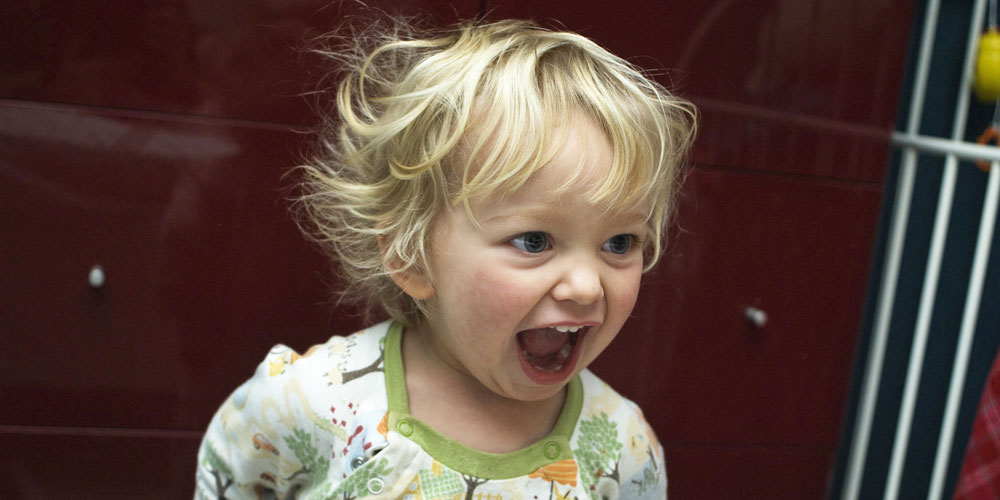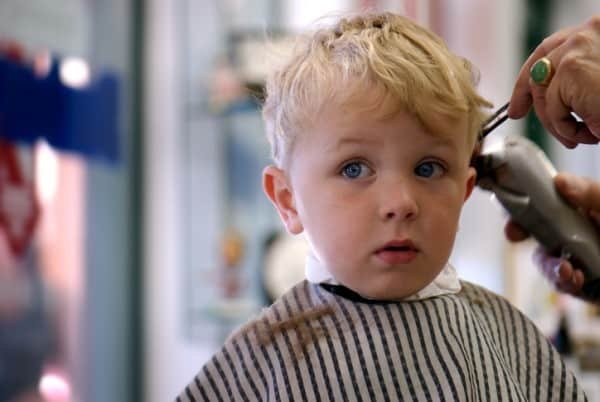What should the baby be able to and learn?
Many mothers and fathers wonder WHAT the baby should be able to do WHEN. It is mostly about the most important milestones in baby development. When can it laugh, when does it reach for its toys alone or when could I cook the first baby food for the little one??
Babies do not have to learn as much in the first few months of life as some well-meaning outsiders believe. They are small, however for the child huge learning steps
But remember: Every newcomer to earth is unique in its development and develops its skills at its own speed. Your child won’t follow any development chart – some things may happen earlier than here, others may later. The table only shows what happens on average. If you are worried because of development of your baby, then talk to your pediatrician.
-time-
(can do most)
(can half)
hold
hold
Shift legs
Time high
(Mini-pushup)
looks for toys
Your smell
distinguish
Noise around
sit without help
and feet
and vote around
her in the mouth
to crawl
Babies want to develop


The good thing is: We parents really don’t need to do anything more than wait and see, be patient and give them the opportunity to develop through their love. Because babies want to develop.
The pediatrician Remo H. Largo writes in his children’s book "Baby Years" that babies have the "inner urge to grow and to acquire skills and knowledge." He calms youngsters parents and explains that a healthy, well-nourished child expands on its own level of development all by itself and learns things step by step, such as reaching for objects, moving around and expressing yourself verbally. But he adds that babies "thrive best when the parents orientate themselves to their needs." Largo is by no means better, but often too much.
Our book tip: Baby years: development and education in the first four years – The experienced pediatrician Remo H. Largo wrote a completely different kind of educational book with his completely revised standard work: he does not assume an ideal development or firm educational principles, but looks at the child as it is. Above all, he wants to awaken understanding among parents and educators about the biological requirements and the diversity of child behavior. Price: 25.00 Euro (D).
RELATED ITEMS
-

Baby scales – info page around scales for the little ones
After the birth of a child, the joy is great. But everyday life will soon start – and with it the concern about the right nutrition-…
-

What is the defiance phase for in children? Baby and family
When children become defiant, it strains the nerves of the parents quite a bit. What the little ones are learning in this phase I don’t want to go to bed yet! -…
-

When should the child see a specialist? Baby and family
In addition to the pediatrician, ear, eye or dentist care for small patients. When does the examination at the specialist make sense? Also…
-

The first haircut for babies and toddlers, liliput lounge
The hair falls into the small child’s face, is difficult to tame or just looks tangled – then the first haircut is due. But when…
